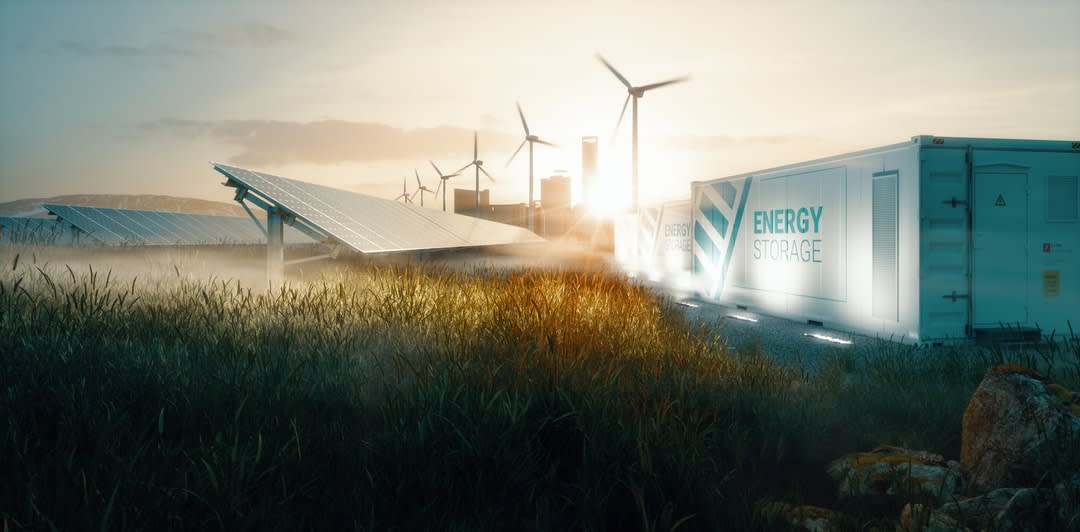Having net zero targets are increasingly common and hugely important, but COP26 must go far beyond setting new emissions targets. Ensuring that hydrogen is not just a ‘fuel for the future’, but a fuel that needs to be increasingly implemented into global society from today, should be top of the agenda.
Hydrogen is a versatile, safe and clean form of energy. It is used as a fuel for power and in industry for feedstock. With the potential for zero emissions at the point of use, its only by-product can be water and it can be stored and transported in liquid or gas form.
Many take the view that hydrogen could be a key solution to many of the challenges that need to be overcome to make a low carbon environment a reality. Indeed, hydrogen has the potential to decarbonise hard-to-abate sectors such as heavy industry and heavy-duty transport and chemicals which together are responsible for over one third of global CO2 emissions.
The use of hydrogen in industry is nothing new. The reason why hydrogen is so much in focus today is because it is now needed, along with electrification, in significantly greater quantities to drive energy transition across all sectors. But with that comes various challenges, which often tend to stem from the manufacturing process.
Hydrogen can be produced in various forms, often distinguished by colour. The manufacture of grey hydrogen, for instance, is extracted from natural gas and generates CO2 emissions; blue hydrogen is fossil-based with carbon capture technology, with up to 90% of emissions captured and stored/ reused; green hydrogen is produced by electrolysis using renewable energy sources (wind, solar etc.) and thus produces zero carbon.
Whilst current hydrogen production is largely derived from high-carbon sources, electrolysis-based low-carbon hydrogen makes up 79% of the overall future pipeline for hydrogen and so green and blue hydrogen will be of key focus at COP26.
The high cost of clean hydrogen production will need to be addressed. The EU has already put forward its hydrogen strategy, which aims to build capacity from 6 gigawatts (GW) by 2024 to 40 GW by 2030. And as electrolyser capacity and the supply chain scales up, so production costs will drop. Given the electrolysis process is highly energy-intensive, electricity costs will also need to shift lower. Hydrogen economics are moving in the right direction, but more needs to be done.
Hydrogen will play a major role in the energy mix; we estimate that it will account for 7% of final global energy demand by 2050. To get to this point, it is likely that all forms of hydrogen will be required, but over time clean (green and blue) hydrogen will need to be accelerated into production in far greater quantities, driven by geography, incentives and lower renewable energy costs. Equally, grey hydrogen should be disincentivised with carbon taxes.
But it’s not just about supply. Demand also needs to be developed at the same time to ensure both transport and storage can be fully integrated into our current electricity system. With 40% of global hydrogen production today, demand is currently driven by China and the US due to their significant refining and chemical demand. COP26 should not just highlight solutions to the development and innovation of hydrogen technology, but also how it can be incorporated more evenly across global sectors as well.
The importance of hydrogen in the overall fuel mix is clear, but for it to take on a more significant role, further aggressive policy decisions need to be made. While several policy announcements have been forthcoming more recently, greater direct support for hydrogen will also be required in the form of concrete policy decisions, potentially announced at COP26. We will look for:
- A clearer consumption roadmap, which could aid inbound investment;
- Tariff structures across various industries to help boost demand and investment;
- Increased prices on carbon, CO2 or greenhouse gas emission targets.
The Conference often matters, not just because of the updated pledges and policies that are submitted by all parties ahead of the conference, but also due to the negotiations that take place over two weeks during the conference.
Post Covid-19, as global economies continue to recover with an increased sense of risk, we suspect that negotiations at COP26 may not lead to major new announcements about how much green hydrogen to produce. However, as a result of negotiations, we do see the prospect of new collaborations and alliances for action on green hydrogen.
For COP26 to unlock the status quo and drive change, all players must demonstrate their willingness to exercise their support for innovation and deployment of hydrogen supply chains. Leaders will also have an opportunity to more accurately provide a universal definition of low-carbon hydrogen, as well as guarantee its origins. Funding announcements for hydrogen production and transport use across current and new sectors will additionally be in focus.
The time for talking is over and the stage of implementation must now begin.
–
By Flor Lucia De la Cruz, Senior Research Analyst, Hydrogen and Emerging Technologies at Wood Mackenzie
The views and opinions expressed in this article are the author’s own, and do not necessarily reflect those held by pv magazine.
This content is protected by copyright and may not be reused. If you want to cooperate with us and would like to reuse some of our content, please contact: editors@pv-magazine.com.








There’s a spelling error in your title.